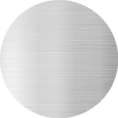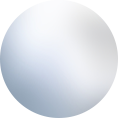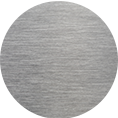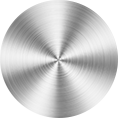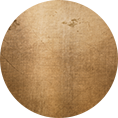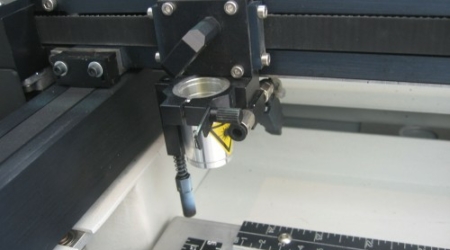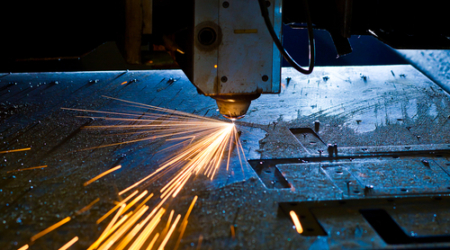With any advancement in manufacturing techniques and equipment, there’s always a degree of reticence in moving too fast. UK companies don’t have the time or money for fads and passing phases. They quite rightly approach new developments with caution.
However, this can also serve to slow down the adoption of new methods to improve productivity and product quality.
The last thing you need is to find out that a competitor “jumped” first and you are now playing a game of “catch up” in terms of your output and quality standards.
One of the latest engineering advances that is causing a degree of speculation is the availability of 3D laser scanning and cutting.
There are still many manufacturing companies in the “watch and consider” phase. They are sticking firmly to the belief that 2D systems produce more than adequate results.
Subcon specialises in two dimensional laser scanning, cutting and inspection and fully appreciates its value.
However, there’s sound reasons why we offer the same services on a five axis system too.
What are the differences and benefits of 2D and 3D laser technology? Why has Subcon chosen to lead the UK field in its use of 3D equipment?
Consistency and Control in Manufacturing
2D laser cutting does provide a great level of machine precision and quality control when the component you produce is two dimensional or simplistic. There are many components produced by Subcon for its clients, that are of a superior finish, using 2D equipment.
However, if it’s a three dimension object – such as tubes, boxes or even more complex parts – then having access to 3D scanning, cutting and inspection is a huge step up.
It also comes into its own when the component needs to be infinitely precise. Having 3D technology involved creates parts that can be used in automated production processes with 100% confidence. That’s because each component will be completed to an identical spec, each and every time.
What 3D Gains Over 2D
The higher quality and consistency of the results from 3D technology are largely due to the fact that 2D sensors don’t always catch the finer detail of measurements related to a three dimensional object. Critical features such as flatness, surface angles and intricate cut outs may not be as fine as they would be using a 3D process.
Having 3D sensors in the scanning and cutting process also provides greater real time quality control. You can inspect the component thoroughly from every angle. You can build up critical information about such factors as tolerance and how finely it will perform in fit and assembly processes.
How Surroundings Affect 2D Processes
Subcon has created a working environment in which its laser cutting services can be achieved with optimum reliability – either 2D or 3D.
However, while we are exploring this topic, it’s worth pointing out that when you use a 2D laser cutting process, the lack of depth perception from the sensors mean positioning them is absolutely crucial. They need to be configured at a fixed distance, that counteracts motion effects.
3D laser cutting and scanning is conducted by highly intuitive technology. Depth measurement information helps eliminate any potential errors created by motion.
It makes measurement and the finished result far more reliable.
Also, 2D lasers calculate using contrast – the edge data. If you produce low contrast items or have issues with light or colour variations, the definition is blurred and the result can be a minute degree of variation in the finished item.
A 3D system is not as affected by issues of contrast. That means it can prove effective even in situations such as black on black. Nor do you have to worry about the lighting and shadows across the profile.
This makes 3D laser cutting and quality control beneficial if your product range varies in colour shades or sizes too. The equipment can respond instantly to variations and still produce even random parts with incredible accuracy.
So for example, if you need precisely measured and quality assured cuts in a series of multi-coloured substrates, 3D laser machines can isolate the shape you want even from the busiest backgrounds.
3D Technology and Automation
Any manufacturers moving over to automated systems using robotic processes should also be thinking 3D.
Robotics are configured to work in such a way that 2D laser scanning and cutting may not have sufficient depth or definition to make them fit for purpose on a consistent basis. Robotics can sense variations and adapt accordingly, but if you want a seamless flow then you need components to be consistent to a microscopic level.
3D laser scanners and cutters are also the ultimate tools for reverse engineering.
Explore the 3D World of Laser Technology
Subcon Laser Cutting uses the latest in five axis technology – including advanced 3D scanning and inspection capabilities – as part of its commitment to quality, precision and high volume production pressings.
If you would like to see how our investment in the future can help you to take your product forward, we would be happy to hear from you.

